Introduction to 4,4'-Diaminodimethane
4,4'-diaminodimethane (MDA, Methylene Dianiline), is an important organic compound with the chemical formula C13H12N2. It has a wide range of applications in industrial production, especially in the synthesis of polyurethane materials. As a high-performance crosslinking agent and curing agent, MDA can significantly improve the mechanical strength, heat resistance and chemical stability of polymer materials. In addition, it is also used to make products such as epoxy resins, coatings, adhesives, etc.
The molecular structure of MDA is connected by two rings through a methylene bridge, each with an amino functional group on each ring. This unique structure imparts excellent reactivity to MDA, making it an ideal choice for the synthesis of many polymer materials. However, MDA is also a chemical that is potentially toxic and carcinogenic, so relevant safety regulations and operating procedures must be strictly followed during storage, transportation and use.
The main physical properties of MDA include: white or light yellow crystalline solid at room temperature, with a melting point of about 65-67°C, a boiling point of about 300°C (decomposition), and a density of about 1.18 g/cm³. It is slightly soluble in water, but is easily soluble in organic solvents such as, and chloroform. Due to its high reactivity, MDA is prone to hydrolysis in humid environments, producing toxic by-products, so special attention should be paid to moisture-proof measures during storage.
In industrial applications, MDA is very versatile. It is a key raw material for the preparation of 4,4'-diylmethane diisocyanate (MDI), an important precursor for the production of polyurethane foams, elastomers and coatings. In addition, MDA is also used to synthesize high-performance epoxy resin curing agents, which are widely used in aerospace, automobile manufacturing, electronic packaging and other fields. Due to its outstanding performance, MDA occupies an indispensable position in modern industry.
Despite the many advantages of MDA, its potential health risks cannot be ignored. Long-term exposure to MDA may lead to skin irritation, respiratory problems, and even risk of cancer. Therefore, when dealing with MDA, strict safety measures must be taken to ensure the health of personnel and the safety of the environment. Next, we will discuss in detail the storage conditions optimization of MDA and its safety specifications during transportation.
Physical and Chemical Characteristics of MDA
In order to better understand how to optimize the storage conditions of MDA and ensure its safety during transportation, a deeper understanding of its physical and chemical properties is first required. Here are some key parameters of the MDA, which will help us develop a reasonable storage and transportation plan in subsequent discussions.
Physical Properties
| Parameters | value |
|---|---|
| Appearance | White or light yellow crystalline solid |
| Melting point | 65-67°C |
| Boiling point | 300°C (decomposition) |
| Density | 1.18 g/cm³ |
| Solution | Slightly soluble in water, easily soluble in organic solvents (such as chloroform) |
| Flashpoint | >110°C |
| Spontaneous ignition temperature | 550°C |
From these physical parameters, it can be seen that MDA is solid at room temperature, but will gradually soften and eventually decompose at higher temperatures. Therefore, during storage and transportation, high temperature environments must be avoided to prevent irreversible chemical changes. Furthermore, the low solubility of MDA means it is not easy to disperse in water, but this does not mean it can be exposed to humid environments at will, as moisture may trigger a hydrolysis reaction, resulting in toxic by-products.
Chemical Properties
The chemical properties of MDA are mainly reflected in its high reactivity. It contains two amino functional groups, which makes it exhibit extremely strong nucleophilicity in various chemical reactions. Here are some important chemical properties of MDA:
-
Hydrolysis reaction: MDA is prone to hydrolysis with water in a humid environment to produce dimethanol and ammonia. This reaction will not only cause the quality of MDA to decline, but also release toxic gases, which will cause harm to the environment and human health. Therefore, moisture protection is the top priority in MDA storage and transportation.
-
Oxidation reaction: MDA may experience a slow oxidation reaction when exposed to air for a long time, causing its color to darken and even forming unstable peroxides. These peroxides may explode when impacted or rubbed, so the contact time of MDA with air should be minimized and stored in ventilationBad place.
-
Reaction with acid and base: MDA can react with acid or base to produce corresponding salts or amine compounds. Although these reactions usually do not cause severe exothermic phenomena, attention should be paid to control reaction conditions to avoid unnecessary by-products.
-
Reaction with other organic compounds: MDA can react with a variety of organic compounds, especially those containing active hydrogen atoms, such as alcohols, phenols and carboxylic acids. These reactions may result in complex polymer or crosslinked structures that affect the purity and performance of MDA. Therefore, during storage and transportation, mixing MDA with other substances that may react with it should be avoided.
Safety and toxicity
MDA not only has high chemical reaction activity, but also has certain toxicity and carcinogenicity. According to the International Agency for Research on Cancer (IARC), MDA is classified as a Class 2B carcinogen, which is "possibly carcinogenic to humans." Long-term exposure to MDA can lead to the following health problems:
- Skin Irritation: MDA has a strong irritating effect on the skin, which may lead to symptoms such as redness, swelling, and itching.
- Respiratory problems: Inhalation of MDA dust or vapor may cause respiratory symptoms such as coughing and difficulty breathing.
- Hepatorenal Impairment: Long-term exposure to the MDA environment may cause damage to liver and renal function.
- Carrectic Risk: Animal experiments show that MDA has certain carcinogenic potential, especially promoting the occurrence of bladder cancer.
In view of the potential health risks of MDA, strict safety protection measures must be taken during storage and transportation to ensure the health and environmental safety of operators. Next, we will explain in detail how to optimize the storage conditions of MDA to minimize the risks that may occur during storage.
Optimization of MDA storage conditions
In order to ensure the stability and safety of MDA during storage, its storage conditions must be carefully optimized. The following is a detailed discussion of several key factors to help us formulate a scientific and reasonable storage plan.
1. Temperature control
Temperature is one of the important factors affecting the stability of MDA. MDA is prone to decomposition at high temperatures, especially when approaching its boiling point (300°C), and irreversible chemical changes may occur, resulting in a decline in product quality. In addition, high temperatures may accelerate the oxidation reaction of MDA, resulting in unstable peroxides,Add the risk of fire and explosion.
Therefore, it is recommended to store MDA in a cool, dry environment, and the ideal storage temperature should be maintained between 15-25°C. If the temperature in the storage environment is too high, the temperature can be reduced by installing air conditioning or refrigeration equipment. For large-scale storage, it is recommended to use a warehouse with a temperature monitoring system to monitor temperature changes in real time and take timely measures.
2. Moisture prevention measures
MDA is very sensitive to moisture and is prone to hydrolysis reactions to produce dimethanol and ammonia. These by-products not only affect the purity of MDA, but also release toxic gases, posing a threat to the health of the operator. Therefore, moisture protection is an issue that must be paid great attention to during MDA storage.
In order to effectively prevent moisture, the following measures are recommended:
- Sealed Packaging: Store MDA in well-sealed containers, such as glass bottles, metal cans or plastic buckets. The container should have good airtightness to prevent external moisture from entering.
- Drying agent: Place an appropriate amount of desiccant, such as silicone or calcium chloride, in the storage container to absorb excess moisture. Check the status of the desiccant regularly and replace it if necessary.
- Humidity Control: If the humidity in the storage environment is high, consider installing dehumidification equipment to keep the relative humidity between 30% and 50%. For small storage spaces, you can also use a dehumidifier box or dehumidifier bag.
3. Save in the dark
Light, especially UV rays, may accelerate the oxidation reaction of MDA, causing its color to darken and even form unstable peroxides. Therefore, it is recommended to store MDA in a light-proof place to avoid direct exposure to sunlight or other strong light sources.
In order to achieve light-proof storage, you can choose the following method:
- Use a Shading Container: Store MDA in brown glass bottles or black plastic buckets that effectively block the penetration of UV rays.
- Storage in dark room: If the storage volume is large, it is recommended to store MDA in a specially designed dark room. The indoor light should be kept as dark as possible and avoid using strong lighting equipment.
- Covering protective layer: For the MDA that has been opened, a layer of aluminum foil or other light-shielding material can be covered on the surface of the container to further reduce the impact of light.
4. Good ventilation
Although MDA itself is not easy to evaporate, good ventilation conditions are still required during storage. This is because MDA may react slowly with oxygen in the air, producing lessvolatile organic compounds (VOCs). These VOCs will not only cause pollution to the environment, but may also cause harm to human health.
To ensure the air quality in the storage environment, the following measures are recommended:
- Installing a ventilation system: Install an exhaust fan or fresh air system in the storage warehouse to keep air circulating and avoid harmful gas accumulation.
- Regular ventilation: For small storage spaces without ventilation equipment, it is recommended to open windows regularly every day to ensure fresh air.
- Avoid enclosed spaces: Do not store MDA in a completely enclosed space, such as a basement or in a closed cabinet, to prevent harmful gases from being discharged.
5. Classified storage
MDA is a chemical with high reactivity that is prone to chemical reactions with other substances and produces unstable by-products. Therefore, during storage, it must be stored separately from other chemicals to avoid cross-contamination.
It is recommended to store in a classified manner according to the following principles:
- Far from acid and base: MDA can react with acid or base to produce corresponding salts or amine compounds. Therefore, it should be stored away from acids (such as sulfuric acid, nitric acid) and alkalis (such as sodium hydroxide, ammonia water).
- Stay away from oxidants: Oxidants (such as hydrogen peroxide, potassium permanganate) may accelerate the oxidation reaction of MDA and produce unstable peroxides. Therefore, mixing MDA with oxidant should be avoided.
- Stay away from reducing agents: Reducing agents (such as hydrogen sulfide, sodium sulfite) may undergo a reduction reaction with MDA to produce unstable compounds. Therefore, it should also be stored separately from the reducing agent.
6. Tags and logos
To ensure storage safety, all containers containing MDA should be labeled and marked with clear labels and information such as chemical name, hazard level, storage conditions, etc. The label content should comply with the requirements of the Global Unified Classification and Labeling System for Chemicals (GHS) to ensure that operators can quickly identify and process it.
The recommended tag content includes the following information:
- Chemical Name: 4,4′-diaminodimethane (MDA)
- Hazard Level: Toxic, flammable, corrosive
- Storage conditions: cool, dry, away from light, and ventilated
- Emergency treatment: If a leakage or overflow occurs, appropriate emergency measures should be taken immediately, such as wearing protective equipment, using adsorbent to clean it.
- Contact information: Provide an emergency contact number or technical support hotline to get timely assistance in the event of an accident.
Through the above measures, we can effectively optimize the storage conditions of MDA to ensure its stability and safety during storage. Next, we will explore the safety regulations of MDA during transportation to help enterprises avoid potential risks in the logistics process.
Safety Specifications during MDA Transportation
In the transportation of MDA, ensuring its safety and stability is crucial. Because MDA has high reactive activity and potential health risks, relevant safety regulations must be strictly followed during transportation to prevent accidents. The following are a series of specific measures and requirements for MDA transportation, covering packaging, transportation methods, emergency plans, etc.
1. Packaging Requirements
Correct packaging is an important guarantee for ensuring the safety of MDA during transportation. According to the UN Recommendations on the Transport of Dangerous Goods, MDA belongs to Class 6.1 toxic substances and must be transported using packaging materials that meet standards. The following are the specific requirements for packaging:
-
Rust and durable: The packaging container should have sufficient strength and durability to withstand impact, vibration and extrusion during transportation. Common packaging materials include steel drums, plastic drums, fiberboard boxes, etc. For small batch shipping, well-sealed glass or plastic bottles can be used.
-
Good sealing: The packaging container must have good air-tightness and waterproofness to prevent MDA from contacting external air and moisture. It is recommended to use a container with a threaded cover or gasket to ensure sealing effect. For large-scale transportation, consider using a steel or plastic bucket with a lining to further enhance the sealing performance.
-
Shock-proof and collision-proof: To prevent damage to the packaging container during transportation, it is recommended to add buffer materials, such as foam, bubble film or wooden pallets to the outer packaging. For long-distance transportation or poor road conditions, special shock-proof packaging boxes can also be used to ensure that the MDA is not damaged during the entire transportation process.
-
Clearly marking: All packaging containers containing MDA should be labeled with clear hazardous goods.Indicate the chemical name, hazard level, transportation category and other information. The label content should comply with the requirements of the Global Unified Classification and Labeling System for Chemicals (GHS) to ensure that transport personnel can quickly identify and process them. In addition, warning signs such as "flammable", "toxic", and "corrosive" should be indicated on the packaging to remind relevant personnel to pay attention to safety.
2. Transportation method selection
Selecting the appropriate mode of transportation can effectively reduce the risks during transportation based on the physical and chemical characteristics of MDA. The following are several common modes of transportation and their scope of application:
-
Road Transport: Road transport is a commonly used mode of transportation and is suitable for short-distance and medium-long-distance transportation. To ensure safety, it is recommended to use special vehicles for transportation, such as vans or dangerous goods transport vehicles. Vehicles should be equipped with necessary safety equipment, such as fire extinguishers, anti-slip chains, warning lights, etc., and should be maintained regularly. Drivers and escorts should receive professional training and be familiar with the characteristics of MDA and emergency response measures.
-
Rail Transport: Rail Transport is suitable for long-distance transportation, especially cross-regional or cross-border transportation. To ensure safety, it is recommended to use a closed car for transportation, and the interior of the car should be kept dry and well ventilated. Railway transportation companies should have the qualifications to transport dangerous goods and operate strictly in accordance with relevant regulations. Mixed assembly with other dangerous goods should be avoided during transportation to ensure that the MDA is stored separately.
-
Air Transport: Air transport is strictly restricted due to the high reactive activity and potential health risks of MDA. According to the International Air Transport Association (IATA), MDA can only carry out air transportation as a limited number of dangerous goods and must undergo special approval. Before transportation, a detailed transportation application should be submitted to the airline and relevant supporting documents should be provided. During transportation, packaging and marking should be strictly carried out in accordance with the requirements of the airline to ensure compliance with international air transportation standards.
-
Sea Transportation: Sea Transportation is suitable for long-distance transportation of bulk goods, especially cross-border transportation. To ensure safety, it is recommended to use containers for transportation, and the inside of the container should be kept dry and well ventilated. Maritime transportation companies should have the qualifications to transport dangerous goods and operate strictly in accordance with the regulations of the International Maritime Organization (IMO). Mixed assembly with other dangerous goods should be avoided during transportation to ensure that the MDA is stored separately. In addition, the sealing of the container should be checked regularly to prevent MDA leakage.
3. Emergency Plan
Although various safety measures were taken during transportation, unexpected situations may still occur. Therefore, formulate a complete emergency responsePlans are an important guarantee for ensuring transportation safety. The following are the specific contents of the emergency plan:
-
Accident Report: Once an MDA leak, overflow or other accident occurs, the transport personnel should immediately report to the relevant departments, including the local safety supervision department, environmental protection department and transportation department. The report content should include information such as the time, place, cause, and scope of impact of the accident, so that relevant departments can take timely response measures.
-
On-site handling: Before waiting for the arrival of professional rescue teams, transport personnel should take preliminary emergency response measures, such as wearing protective equipment, setting up warning areas, and using adsorbent to clean up leaks. For small-scale leakage, adsorbent materials such as sand and activated carbon can be used for cleaning; for large-scale leakage, surrounding people should be evacuated immediately to prevent toxic gases from being inhaled.
-
Personnel Evacuation: If the accident occurs in a densely populated area or a major traffic artery, nearby residents and passing vehicles should be evacuated immediately to avoid casualties. During the evacuation process, attention should be paid to the guidance direction to ensure that the personnel are safely evacuated to the safe area. The injured person should be sent to the hospital for treatment in a timely manner and records should be kept.
-
Environmental Monitoring: After an accident occurs, the surrounding environment should be monitored immediately, including air, water sources, soil, etc. The monitoring results should be reported to the relevant departments in a timely manner to evaluate the impact of the accident on the environment. If environmental pollution exceeds the standard, measures should be taken immediately to deal with it, such as spraying neutralizing agents, sealing the pollution source, etc.
-
Accident Investigation: After the accident is handled, a special accident investigation team should be established to conduct in-depth analysis of the cause of the accident and find out the problem. The investigation results should be promptly fed back to relevant departments and enterprises in order to improve transportation management and prevent similar accidents from happening again.
4. Regulations and Standards
During the transportation process of MDA, relevant national and international regulations and standards must be strictly observed to ensure transportation safety. The following are several important regulations and standards:
-
"Regulations on the Safety Management of Hazardous Chemicals": This regulations stipulate the safety management requirements for each link of the production, storage, transportation, and use of hazardous chemicals, and clarify the main responsibilities and supervision of enterprises. Department responsibilities. When transporting MDA, enterprises must strictly follow the provisions of the regulations to ensure transportation safety.
-
"Regulations on the Transportation of Dangerous Goods on Road": This provision provides dangerous goodsRoad transportation has been specified, including the requirements of transport vehicles, driver qualifications, and transportation route selection. When transporting MDA, enterprises must comply with the requirements of this regulation to ensure that every link in the transportation process complies with the standards.
-
International Marine Transportation Dangerous Cargo Rules (IMDG Code): This rule is formulated by the International Maritime Organization (IMO) and applies to the maritime transportation of dangerous goods. When an enterprise transports MDA by sea, it must strictly follow the requirements of the rules to ensure transportation safety.
-
International Air Transport Association Dangerous Goods Rules (IATA DGR): This rule is formulated by the International Air Transport Association (IATA) and applies to the air transport of dangerous goods. When an enterprise transports an air MDA, it must comply with the requirements of this rule to ensure transportation safety.
Through the above measures, we can effectively ensure the safety and stability of MDA during transportation, and minimize the risk of accidents. Next, we will summarize the full text, review MDA's storage condition optimization and transportation safety specifications, and look forward to future research directions.
Summary and Outlook
By a detailed discussion on the storage conditions optimization of 4,4'-diaminodimethane (MDA) and its safety specifications during transportation, we can draw the following conclusions:
First, MDA, as an important organic compound, has a wide range of applications in industrial production, especially in the synthesis of polyurethane materials. However, due to its high reactivity and potential health risks, MDA must take strict safety measures during storage and transportation. By optimizing storage conditions such as controlling temperature, moisture-proof, avoiding light, maintaining ventilation and classified storage, the shelf life of MDA can be effectively extended and its stability and safety during storage.
Secondly, during transportation, appropriate packaging materials and transportation methods must be selected to ensure the safety of MDA during transportation. At the same time, a complete emergency plan is formulated and a sound accident reporting and handling mechanism can be established to take measures quickly when an accident occurs to minimize losses and impacts. In addition, strictly abiding by relevant national and international regulations and standards is also an important guarantee for ensuring the safety of MDA transportation.
Looking forward, with the continuous advancement of science and technology, MDA storage and transportation technology will also be further developed. For example, the research and development of new packaging materials will make MDA storage safer and more reliable; the application of intelligent warehousing and logistics systems will improve transportation efficiency and reduce transportation risks. In addition, as people attach importance to environmental protection and occupational health, MDA's safety management standards will continue to be improved, pushing the industry toward greenerDevelopment in a sustainable direction.
In short, the storage and transportation safety of MDA is a complex and important topic that we need to constantly explore and improve in practice. Through scientific and reasonable management measures and technical means, we can effectively ensure the safe use of MDA and promote the healthy development of related industries. I hope that the content of this article can provide useful references for enterprises and individuals, and jointly promote the continuous improvement of MDA's security management and application level.
: : : : : : : : : : : : : : : : : : : : : : : : : : : : : : : : : : : : : : : : : : : : : : : : : : : : : : : : : : : : : : :
Extended reading:https://www.bdmaee.net/nt -cat-pc12-catalyst-cas10144-28-9-newtopchem/
Extended reading:https://www.bdmaee.net/wp-content/uploads/2022/08/53.jpg
Extended reading:https://www.bdmaee.net/tetramethyl-13-diaminopropane/
Extended reading:https://www.bdmaee.net/nt-cat-pt1003/
Extended reading:https://www.bdmaee.net/cas-3648-18-8/
Extended reading:https://www.bdmaee.net/wp-content/uploads/2020/07/90-1.jpg
Extended reading:https://www.bdmaee.net/dimethyllethanolamine/
Extended reading:https: //www.newtopchem.com/archives/672
Extended reading:https://www.cyclohexylamine.net/dabco-tl-low-odor-strong-foaming-tertiary-amine-catalyst/
Extended reading: https://www.bdmaee.net/wp-content/uploads/2022/08/Polyurethane-reaction-inhibitor-Y2300-polyurethane-reaction-inhibitor-reaction-inhibitor-Y2300.pdf







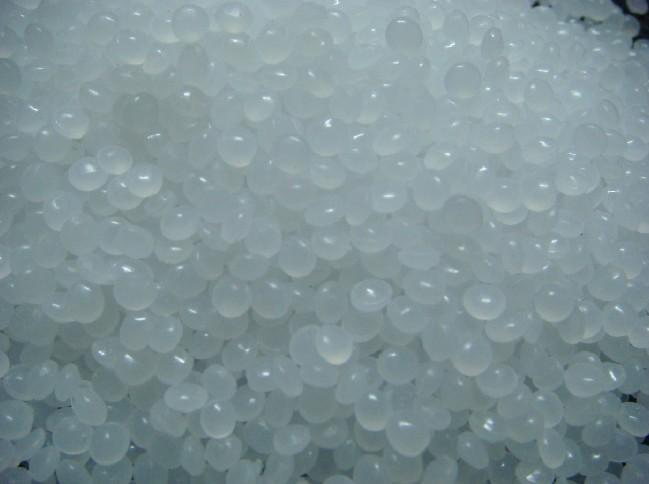
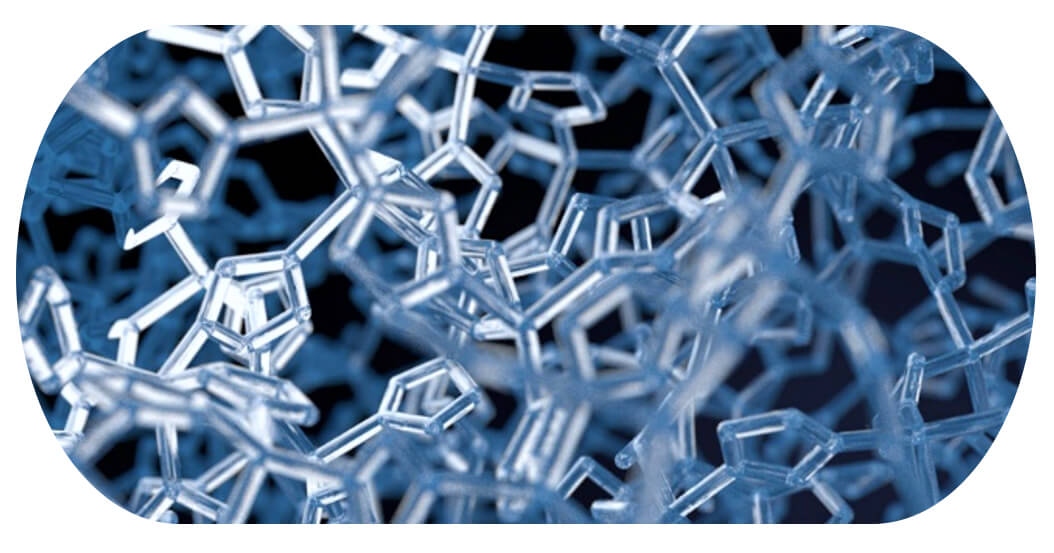



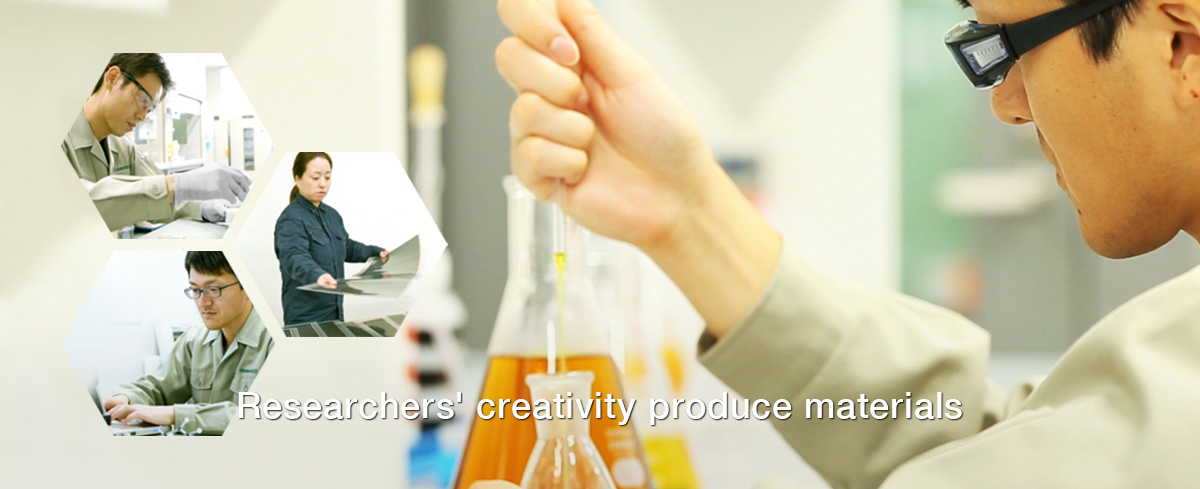




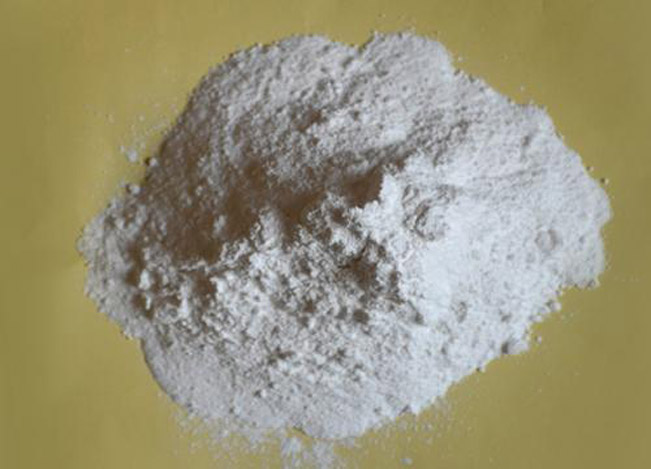
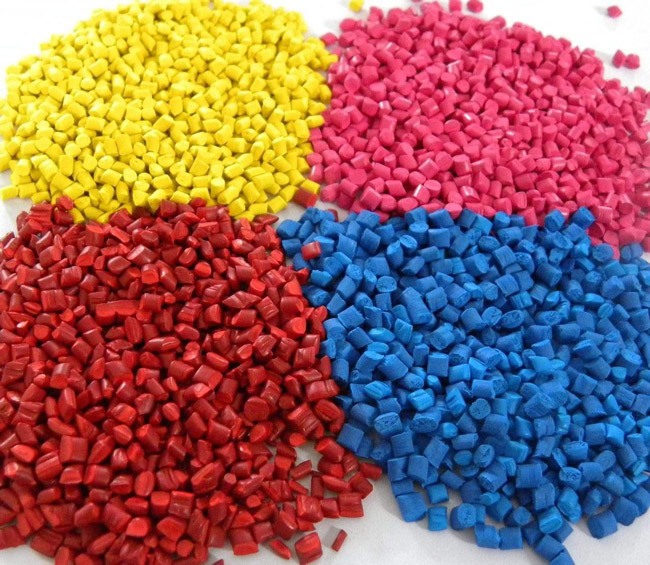

Comments